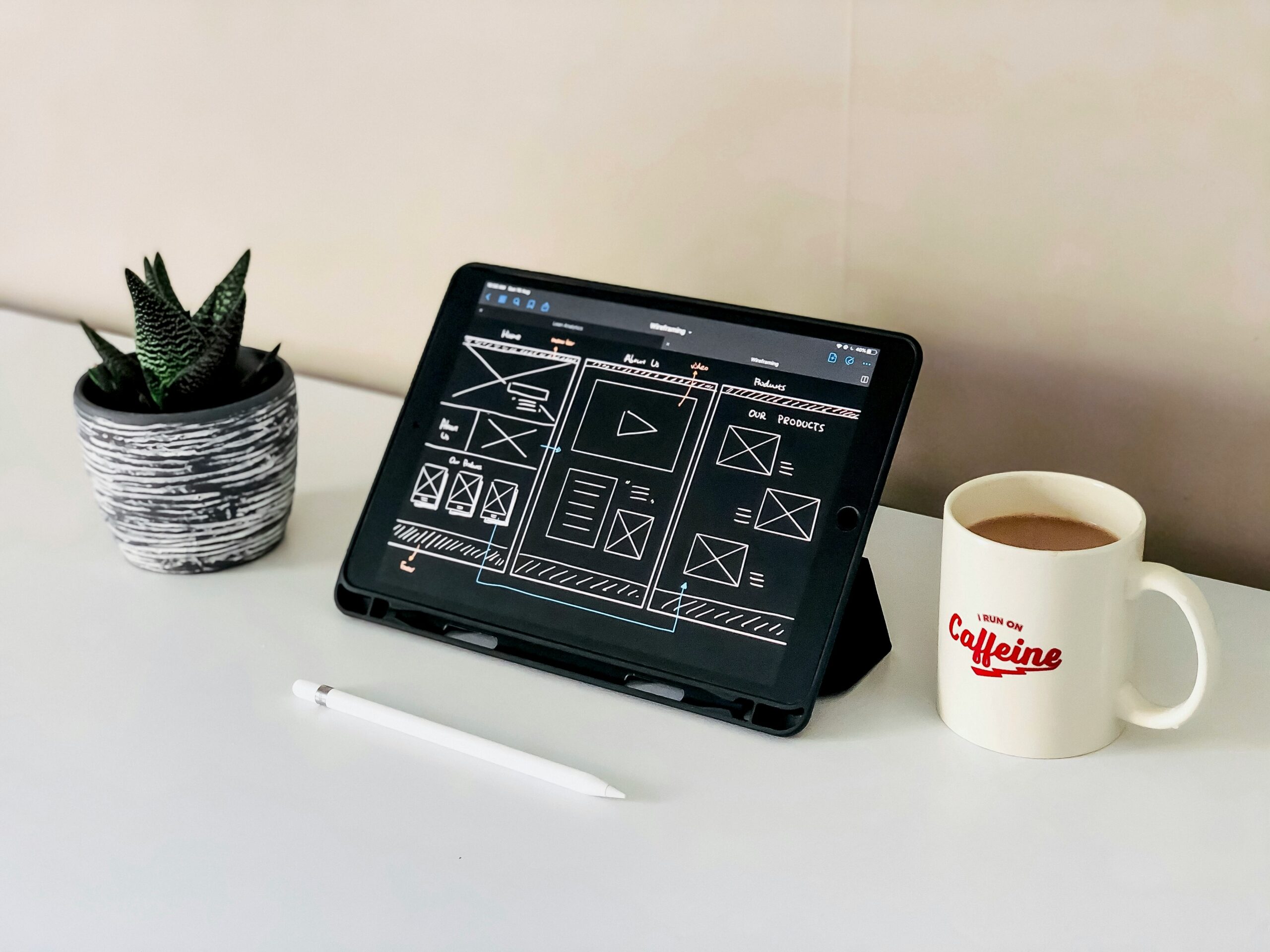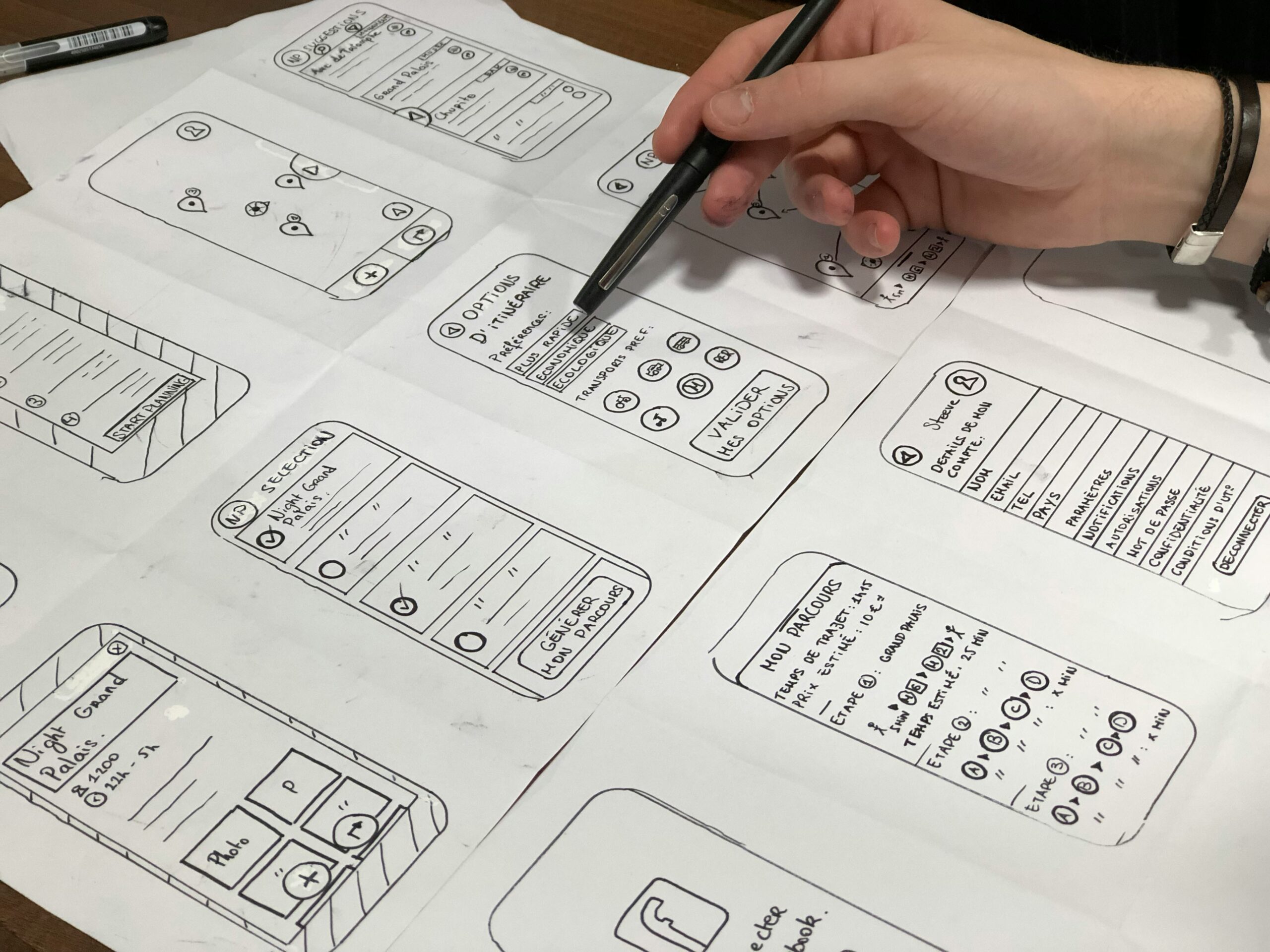Introduction
In today’s digital age, user experience (UX) and user interface (UI) design play a crucial role in determining the success of a website or application. A seamless user journey is essential for engaging and retaining users, as well as driving conversions. This blog post will explore effective UI/UX strategies that can transform a user’s frustration into satisfaction, resulting in an improved overall experience.
Clear and Intuitive Navigation
One of the key elements of a seamless user journey is a clear and intuitive navigation system. Users should be able to easily find what they are looking for without having to spend too much time or effort. A well-designed navigation menu with logical categories and subcategories can help users navigate through the website or app effortlessly.
Additionally, incorporating breadcrumbs can provide users with a sense of orientation and allow them to easily backtrack if needed. Clear and concise labels for navigation elements, such as buttons and links, can also contribute to a more intuitive user experience.
Consistent Visual Design
A consistent visual design is essential for creating a cohesive and harmonious user experience. Consistency in typography, color schemes, and imagery across all pages and screens can help users feel familiar and comfortable throughout their journey. It also aids in establishing brand identity and recognition.
Using a grid-based layout and aligning elements consistently can further enhance the visual appeal and organization of the interface. Consistency in visual design not only improves usability but also conveys professionalism and attention to detail.
Responsive and Mobile-Friendly Design
In today’s mobile-driven world, it is crucial to ensure that your website or application is responsive and mobile-friendly. A large percentage of users access the internet through their smartphones or tablets, and a poor mobile experience can result in frustration and abandonment.
Implementing responsive design techniques allows the interface to adapt seamlessly to different screen sizes and resolutions, providing users with a consistent experience across devices. Optimizing touch targets and minimizing the need for zooming or scrolling can further enhance the mobile user experience.
Streamlined User Flows
Complex user flows can often lead to confusion and frustration. By streamlining the user flows, you can guide users through the desired actions with ease. Analyze the user journey and identify any unnecessary steps or bottlenecks that can be eliminated or simplified.
Implementing progressive disclosure techniques, such as hiding advanced options until they are needed, can help reduce cognitive load and make the interface more user-friendly. Providing clear and concise instructions or tooltips can also assist users in completing tasks efficiently.
Effective Feedback and Error Handling
Providing timely and meaningful feedback is crucial for a positive user experience. Users should be informed about the status of their actions, such as successful form submissions or errors in input. Real-time validation can help users correct mistakes before submitting, reducing frustration caused by error messages.
When errors do occur, it is important to provide clear and actionable error messages that guide users on how to resolve the issue. Avoid generic error messages and instead provide specific information about the problem and possible solutions.
User Testing and Iterative Design
Lastly, user testing and iterative design are essential for continuously improving the UI/UX of a website or application. Conducting usability tests with real users can provide valuable insights into their behaviors, preferences, and pain points.
Based on the feedback gathered, make iterative design changes to address any usability issues or areas of improvement. Regularly testing and refining the UI/UX ensures that the user journey remains seamless and satisfying, leading to increased user engagement and conversions.
Conclusion
By implementing these UI/UX strategies, you can transform a user’s frustration into satisfaction, creating a seamless and enjoyable user journey. Clear and intuitive navigation, consistent visual design, responsive and mobile-friendly interfaces, streamlined user flows, effective feedback and error handling, and user testing are all key elements in achieving this goal. Prioritizing the user experience will not only improve customer satisfaction but also drive the success of your website or application.












Leave a Reply